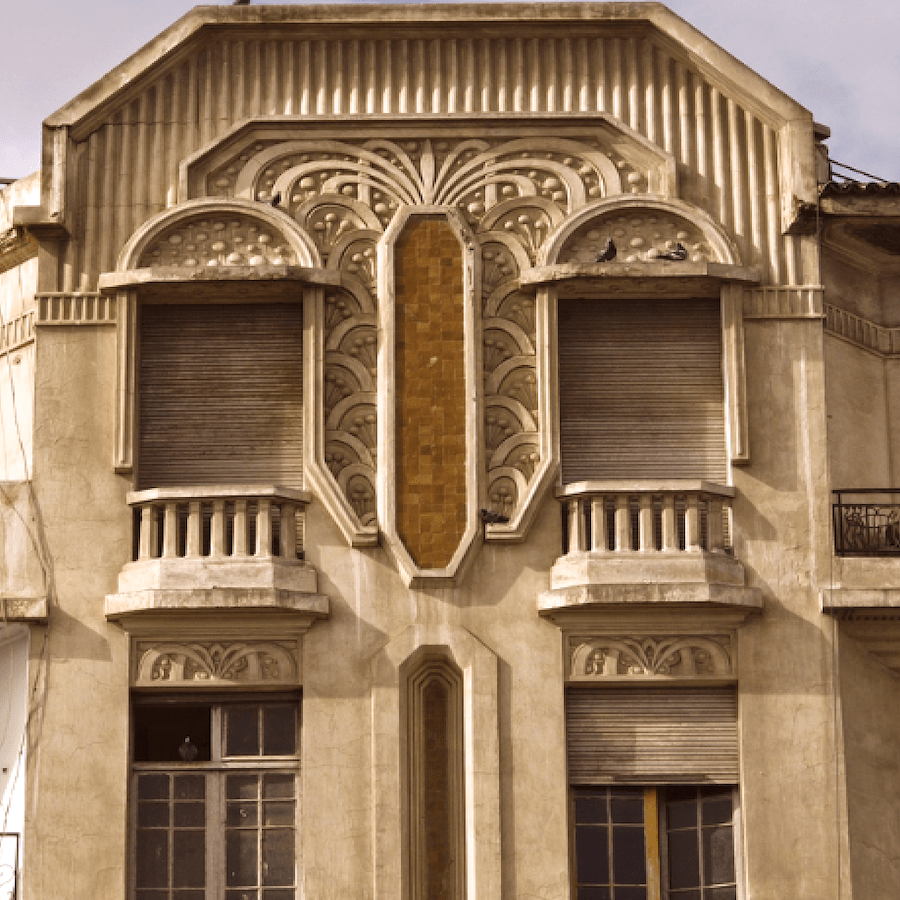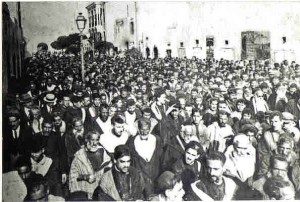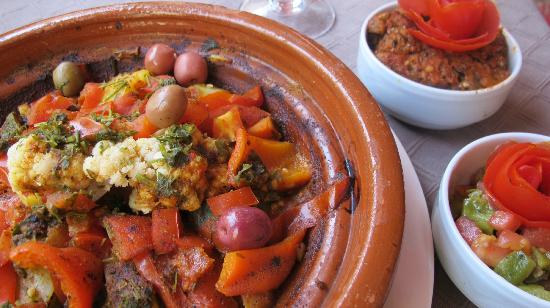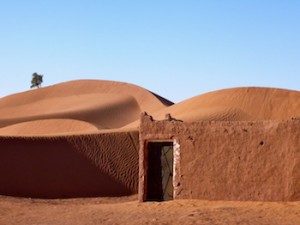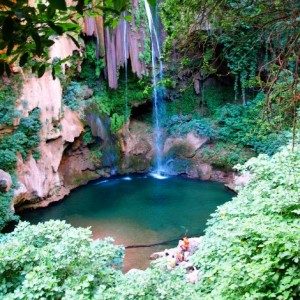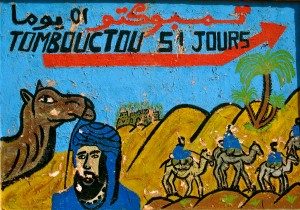Prior to the establishment of the French Protectorate in Morocco (1912-1956), Dar al Bayda, as Casablanca was then known, was a modest port of a population of around 12,000. A few years into the Protectorate, this had increased 10-fold and has hardly stopped growing since. Today, Casablanca is Morocco’s bustling economic hub, home to many international companies and Africa’s biggest port and its largest shopping mall, Morocco Mall. For visitors to this metropolis, the big draw is the stunning Hassan II Mosque. However, the French left a significant architectural legacy. As you walk the streets, look up and around you beyond the crowds, the traffic and the hubbub of city life to discover Art Deco Architecture in Casablanca.
Tag: Morocco Travel
Essaouira owes much of its past, present and future to its situation on a bay sheltered from the fierce trade winds of the Atlantic Ocean by an archipelago of small, rocky islands. Towards the end of the 18th century, Sultan Sidi Mohammed Ben Abdullah (Mohammed III) created a strategic role for Essaouira in his new trade policy oriented towards the Atlantic. He instructed the construction of the Kasbah (King’s Quarters) and the Skala fortifications which became the basis for the medina (old city) we see today. He ordered the closure of Agadir harbor, further south, and effectively routed a large amount of trade between Europe and West and Central Africa through his new port. The Sultan was the first Head of State to recognize US Independence in 1776, thereby creating a strategic linkage in support of his trade objectives in Morocco.
Few Moroccan authors have achieved international recognition beyond the Francophone world because of the lack of translations of their works. The international acclaim of writer Mohammed Choukri and the fact that not only his works, but his remarkable life story, are known beyond the Arabic and French-speaking worlds is largely due to the support he received from globally acclaimed authors Paul Bowles and Tahar Ben Jelloun along with his own, incredible determination.
From the Atlas Mountains to the Atlantic Coast and from the Great Sahara Desert to Imperial Marrakech, Morocco offers a wide range of things to do. Adventure activities in Morocco offer travelers the opportunity experience another dimension of during a Morocco Private Tour. Travel Exploration has created partnerships with cooperatives and local experts for Morocco travelers to participate in that will enrich their private tour experience.
Although, compared to neighbouring Algeria, Morocco has only a fraction of the Great Sahara Desert within its territory, yet Morocco offers the safest and best-organized access to the Sahara of the whole of North Africa. Whether you want a quick glimpse of the magnificent dunes on camelback, the thrill of sand boarding down the dunes, an overnight experience under the vast starry skies in a nomad’s tent, or a longer excursion to explore the expanse of the dune complex and the people who inhabit it, Morocco has it all. There is nowhere else where you could be in some of Africa’s highest snow-tipped mountain ranges and in the depth of the sandy expanses of the desert in the same day. And your trip to Morocco’s Great Deserts will take you through centuries-old oases on route. Along the way, you will meet local nomads and villagers whose families have worked this land and survived its hardships for generations.
Every year, the sun-bleached, windswept city of Essaouira on Morocco’s Atlantic coast plays host to a festival of Gnaoua and World Music. Normally it is held in June, but this year’s 18th edition will take place – like many of the main Moroccan music festivals – in May, to avoid a clash with the holy month of Ramadan. The dates for this year’s event are 14-17 May 2015.
Morocco is such a photogenic country. The Best Times to Travel to Morocco and discover the 6 Best Views is spring and fall. The bright, Mediterranean sunshine makes for a special light, whether you are photographing deserts, mountains, cities, dunes or coastal scenery. The colors of the natural elements, the architecture and the handicrafts such as carpets, highly polished teapots, hand-stitched and embroidered leather babouches slippers or flowing caftans make for great subjects, as do the people and animals of Morocco. It’s best to always ask before taking someone’s picture and don’t be offended if they refuse given many Moroccans are modest and private. Morocco also has several stunning vistas which you will want to snap during your trip. Here is a lowdown of where to go to capture the six best views of Morocco.
Chefchaouen, in the Rif Mountains of Morocco’s North, is a popular destination for visitors. Nestling in a valley beneath the “horns” of the mountains to which its name alludes (Ichawen means goat’s horns in the local Berber dialect), Chefchaouen is famous for the blue-painted houses in the steep and winding alleyways of the medina. This northern area of Morocco was once a Spanish Protectorate and there are many elements of Spanish culture and language still in evidence.
With the expansion of routes from its international airports and the increase in low-cost airlines offering direct flights from European hubs, Morocco has become much more accessible in recent years. For many visitors, a trip to Morocco will be their first time in Africa or in a Muslim country. Morocco has become so close, yet still seems so exotic and different. As such, even the seasoned global traveler should consider some tips for visiting Morocco in an ethical, culturally and environmentally responsible way.
There is a much-photographed sign in Zagora, in the spectacular Draa Valley in Morocco. Beside the image of a blue-swaddled desert nomad is written: “TOMBOUCTOU 52 JOURS.” The journey is considerably quicker today, but if you go by camel, it probably still takes 52 days. Zagora is a popular starting point for trips on camel back into the Sahara Desert and this famous sign gives some indication of the significance of this area back in the mists of history.

